So, you’ve decided to take the plunge into dog ownership? You’re certainly not alone in making this life-changing decision. Recent research shows that a whopping 42% of dog owners in the UK have never owned a dog before as an adult, representing a significant jump from just 34% in 2021.
With 13.5 million dogs now living in UK homes as of 2024, that’s a remarkable 1.5 million increase from the previous year. It’s clear that more Britons than ever are discovering the absolute joys of canine companionship.
If you’re amongst those considering welcoming a furry friend into your life, this guide will help you navigate the exciting yet sometimes overwhelming journey ahead. Here are the ten essential things every first-time dog owner needs to know.
Choose Your Breed Wisely – It Makes All the Difference
Your choice of breed will fundamentally shape your entire dog ownership experience, so it’s absolutely crucial to match a dog’s characteristics with your lifestyle, living situation, and experience level. Labrador Retrievers remain the most popular choice amongst UK dog owners, and it’s no wonder why. They’re typically gentle, trainable, and absolutely brilliant with families.
Consider your living space first. Smaller breeds like Cavalier King Charles Spaniels or French Bulldogs can thrive perfectly well in flats, whilst larger breeds such as Border Collies and German Shepherds need considerably more space and exercise to stay happy.
Think about activity levels too. It’s essential to match your dog’s energy to your own. Working breeds like Border Collies require significant daily exercise and mental stimulation, we’re talking hours here, folks. Meanwhile, breeds like Bulldogs are perfectly content with shorter, gentler walks.
Grooming requirements vary dramatically between breeds. Long-haired breeds like Afghan Hounds need daily brushing and professional grooming sessions, whereas short-haired breeds like Whippets require minimal coat care. Something your wallet will thank you for later.
If you have young children running about, consider naturally patient breeds like Golden Retrievers or Beagles. For elderly households, gentler, smaller breeds might be far more suitable and manageable.
Read: 10 small dog breeds with huge personalities
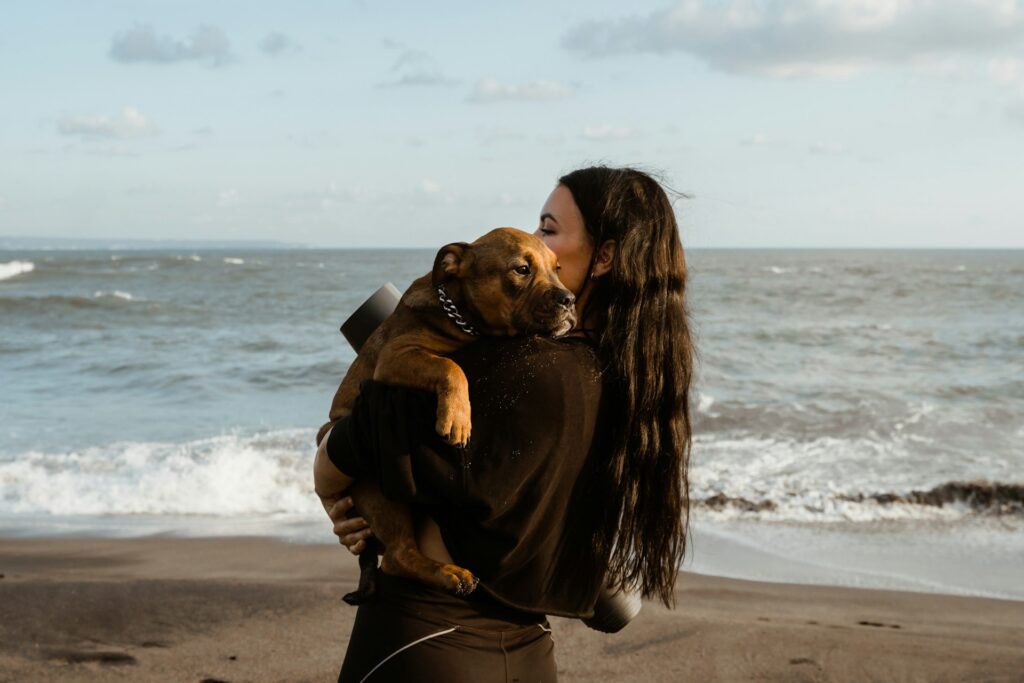
Prepare for the Financial Reality – It’s Not Cheap
Right, let’s talk money, because dog ownership involves significant ongoing costs that many first-time owners seriously underestimate. On average, it costs UK owners approximately £1,500 per year to properly care for a dog, though this varies considerably depending on breed size and individual needs. That’s not pocket change, is it?
Your annual budget will typically include food and treats, which can cost up to £600 annually depending on your dog’s size and any special dietary requirements. Then there’s veterinary care for regular check-ups, vaccinations, and those unexpected health issues that always seem to pop up at the worst times.
Pet insurance runs around £330 per year for comprehensive coverage, and trust us, you’ll want this. Professional grooming is especially important for long-haired breeds who need regular pampering. Don’t forget accessories like leads, collars, beds, toys, and all those replacement items when your pup decides to have a chewing session.
Boarding costs roughly £450 annually for those occasional two-week boarding periods when life gets in the way. Unfortunately, economic pressures have led to increased pet surrenders, with the RSPCA reporting an 11% increase in dogs being given up due to financial constraints.
Before committing to your furry friend, honestly assess whether you can comfortably afford these ongoing expenses for the next 10-15 years. It’s not the most exciting part of dog ownership, but it’s absolutely essential.
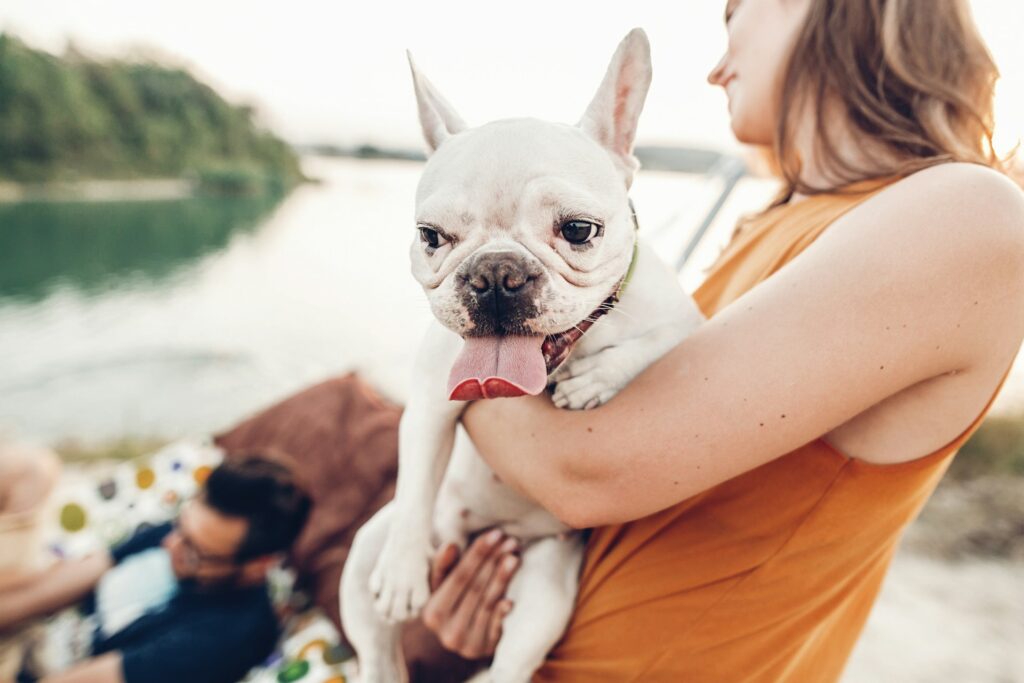
Pet Insurance Isn’t Optional – It’s Essential
Pet insurance isn’t just advisable for first-time owners, it’s absolutely essential. As a new dog parent, you’ll naturally be more cautious about your pet’s health, often scheduling veterinary visits for issues that might not concern more experienced owners. This vigilance is absolutely admirable and shows responsible ownership, but it can certainly lead to higher costs.
Make sure your insurance covers accident and illness treatment, the basics but vital. Emergency veterinary care is crucial because emergencies never happen at convenient times. You’ll also want coverage for hereditary and congenital conditions, behavioural therapy if your pup needs some extra help, and dental treatment, which often requires additional cover, so check the small print.
Remember that pre-existing conditions typically aren’t covered, so arrange insurance before collecting your dog. Read policies carefully, as coverage limits, excess fees, and exclusions vary significantly between providers. Trust us, you don’t want any nasty surprises when you actually need to claim.
Read: 9 smart ways to save money on pet care as the cost of living rises
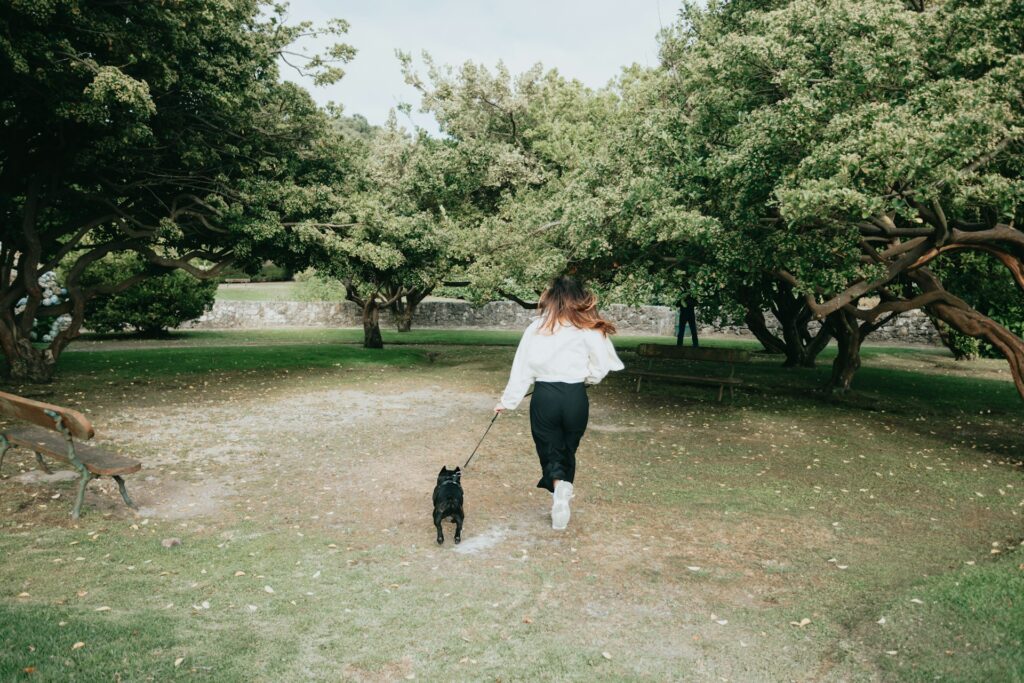
Dog-Proofing Your Home Is More Complex Than You Think
Whether you’re bringing home a bouncing puppy or a mature rescue dog, your home preparation needs will differ dramatically. Getting this wrong can lead to some rather expensive lessons, as many of us have discovered the hard way.
If you’re welcoming a puppy, those adorable little destroyers, absolutely everything needs to go up high. Shoes, remote controls, charging cables, important documents, if it exists, a puppy will inevitably try to eat it at some point. Baby gates become your absolute best friend for controlling access to different areas whilst they’re learning the house rules.
Investing in proper chew toys helps redirect that natural chewing instinct before they discover your favourite furniture legs or that expensive handbag you left within reach. Don’t underestimate their cleverness either. Puppies are surprisingly adept at opening cabinets and drawers they definitely shouldn’t be exploring.
Adult dogs present entirely different challenges that depend heavily on their background and history. Former strays might be more cautious around food and need time to trust that meals will come regularly, whilst ex-family dogs might expect immediate free run of the house and feel confused by restrictions.
Even perfectly housetrained adults benefit from restricted access initially whilst they learn your specific household routines and boundaries. Many rescue dogs come with particular triggers, men in hats, vacuum cleaners, or specific sounds, that previous owners may not have mentioned, so patience and observation are absolutely crucial.
Read: Is your dog a restless sleeper? how to help your dog sleep more soundly

The Settling-In Period Requires Patience
Every dog adapts to their new home differently, and managing your expectations during this transition period is absolutely crucial for both your wellbeing and your dog’s happiness. Some lucky dogs, particularly confident puppies or well-socialised adults, may seem completely at home within hours, exploring freely and showing little anxiety. If this is your pup, consider yourself blessed.
Many dogs need several days to a week to fully relax and settle in. They might be hesitant to explore every nook and cranny, eat less initially, or stick closely to one particular family member. This is completely normal, so don’t panic.
Rescue dogs, particularly those over a year old or with difficult histories, may require weeks or even months to feel completely secure in their new environment. This is entirely normal and doesn’t reflect poorly on your home or the care you’re providing.
Creating a dedicated safe space is absolutely vital during this period. Crate training provides dogs with a lovely den-like retreat where they can decompress without any disturbance. Even if your dog eventually has free run of the house, this initial safe haven can significantly ease their transition into family life.
Nutrition Is More Complex Than Filling A Bowl
Dog nutrition extends far beyond simply filling a bowl with whatever’s on offer at the supermarket. According to research approximately 79% of UK dog owners take as much care over what they serve their four-legged friend as they do with their own meals and 8 in 10 are more likely to buy pet food if it contains ‘natural’ ingredients, reflecting the growing awareness of diet’s crucial importance to canine health.
Consider life stage nutrition first. Puppies, adult dogs, and seniors all have completely different nutritional requirements. Puppy food supports rapid growth and development, whilst senior formulations often include joint-supporting supplements to keep older dogs comfortable.
Breed-specific needs matter too. Large breeds benefit from controlled calcium levels during puppyhood to prevent developmental issues, whilst smaller breeds may need smaller kibble sizes and more frequent meals to maintain their energy levels. Some dogs require prescription diets for conditions like kidney disease, allergies, or urinary issues.
Others might benefit from supplements like collagen for dogs to support joint health, particularly in active or large breeds prone to joint problems. Think about feeding styles as well. Traditional kibble, wet food, raw diets, and fresh-cooked options all have their advantages and disadvantages.
Research thoroughly and consider your budget, storage capacity, and time availability before making a decision. Food allergies and intolerances are surprisingly common in dogs. If your pup shows signs like persistent itching, digestive upset, or recurring ear infections, consult your vet about elimination diets to identify potential culprits.
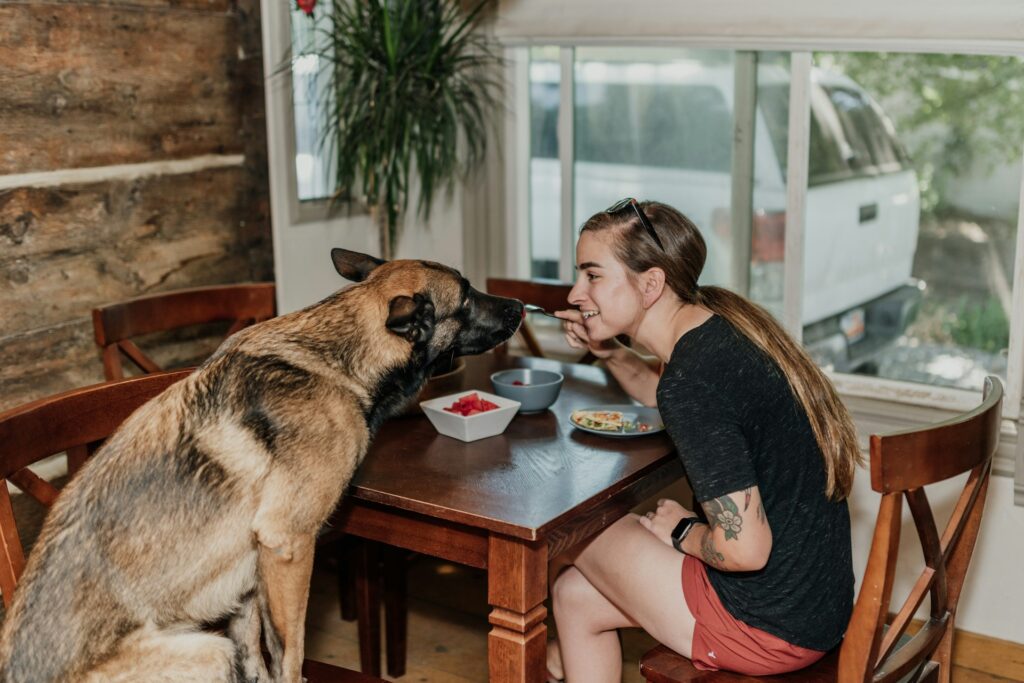
Training Success Depends On Consistency
Successful dog training relies heavily on consistency, patience, and positive reinforcement. As a first-time owner, establishing good habits from day one will prevent countless problems later on, trust us on this one.
Start with essential commands like name recognition, using your dog’s name frequently in positive contexts so they actually respond when called. Teach “sit” as the absolute foundation for most other commands, followed by “stay” which is crucial for safety and maintaining control in tricky situations. “Come” is potentially life-saving in dangerous situations, so don’t skip this one, and “down” is incredibly useful for encouraging calm, controlled behaviour.
The golden rules of training are simple but vital. Use identical commands every single time, don’t alternate between “stay” and “wait” or you’ll confuse your poor pup. Reward immediately when your dog responds correctly because timing is everything here. Keep training sessions short, 5-10 minutes, but frequent throughout the day.
Always end each session on a positive note, even if progress feels slow. Never punish mistakes, simply redirect behaviour and reward success instead. For house training, establish a routine immediately, taking your dog outside frequently, especially after meals, naps, and play sessions.
Praise enthusiastically when they toilet outside, yes, you’ll sound ridiculous, but it works. Clean indoor accidents thoroughly with enzymatic cleaners to remove those telltale scent markers.
Learn To Read Your Dog’s Body Language
Dogs are constantly communicating with us, but many first-time owners miss these crucial signals entirely. Learning to read your dog’s body language isn’t just fascinating, it’s essential for building a strong relationship and preventing potential problems before they escalate.
When your dog is feeling happy and comfortable, you’ll notice loose, wiggly body movements that just radiate contentment. The classic “play bow”, front end down, bottom up, is your dog’s way of saying “let’s have some fun!” whilst soft, relaxed eyes and gentle facial expressions show genuine contentment.
Now, whilst everyone knows about tail wagging, remember that not all wags mean happiness. The context, speed, and height of the wag tell the real story. Warning signs require your immediate attention. A stiff, rigid body posture often indicates stress, fear, or potential aggression brewing beneath the surface.
“Whale eye”, when you can see the whites of your dog’s eyes, suggests they’re feeling distinctly uncomfortable about something. Interestingly, lip licking and yawning in non-sleepy situations are classic anxiety indicators that many new owners completely miss. A tucked tail is the canine equivalent of wanting to disappear, signalling fear or submission.
Understanding these signals helps you respond appropriately to your dog’s emotional state and prevents those misunderstandings that could lead to genuinely problematic behaviour down the line.
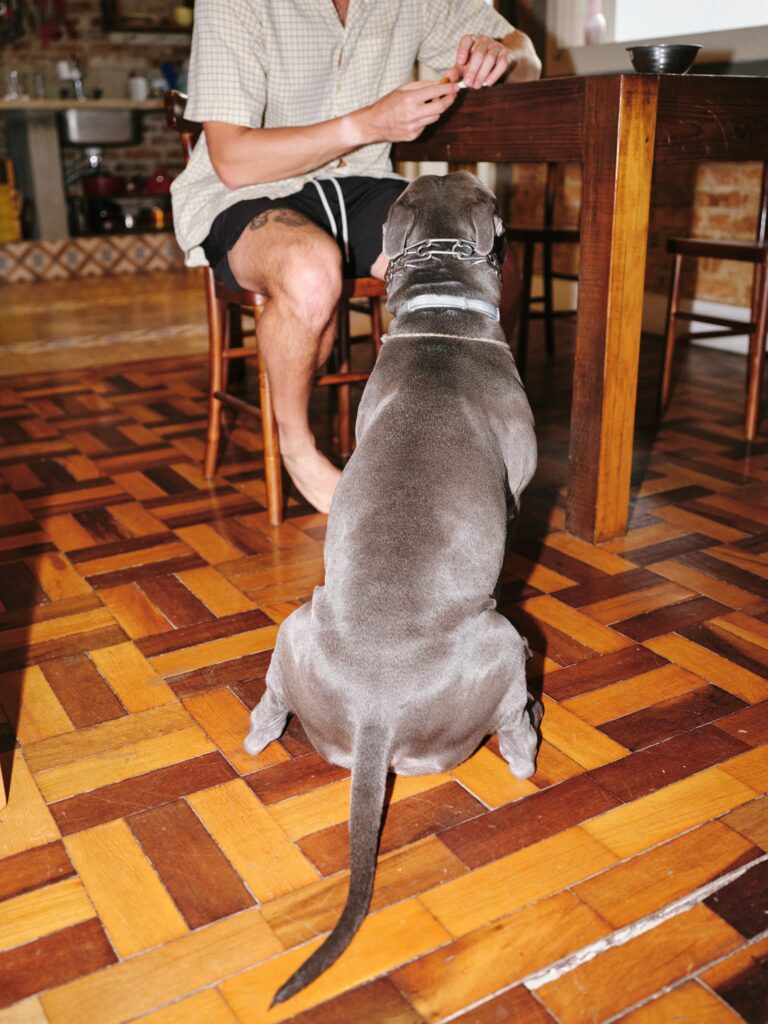
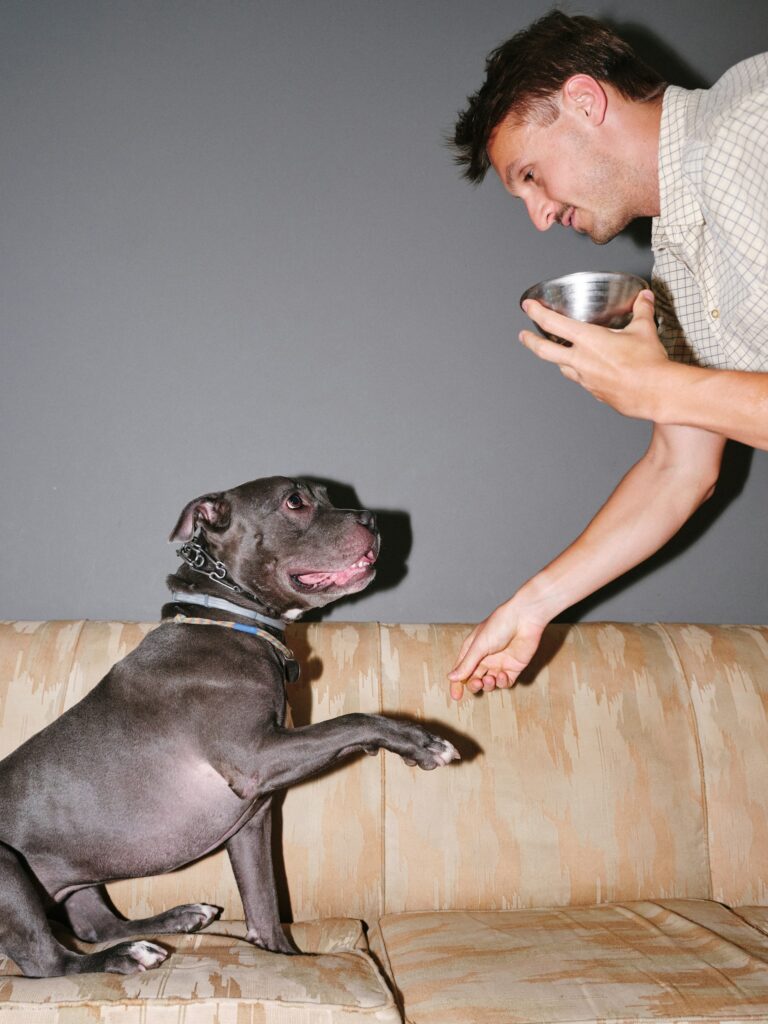
Healthcare Prevention Beats Expensive Cures
Establishing a solid relationship with a good local veterinary practice should be amongst your absolute first priorities. Schedule an initial health check within a week of bringing your dog home, even if they seem perfectly healthy and bouncing with energy.
Your preventive care schedule includes annual boosters for core vaccines covering distemper, hepatitis, parvovirus, parainfluenza, and leptospirosis. Monthly flea and tick treatments plus regular worming schedules keep parasites at bay. Daily tooth brushing or dental chews, with annual dental health checks, prevent expensive dental problems later.
Regular weight checks and monitoring for any changes in appetite, behaviour, or bathroom habits help catch problems early. Emergency warning signs requiring immediate veterinary attention include difficulty breathing or excessive panting, repeated vomiting or complete inability to keep water down, and a bloated, hard abdomen, which can be life-threatening.
Collapse or loss of consciousness, severe lethargy or complete unresponsiveness, and suspected ingestion of toxic substances like chocolate, grapes, or onions all require urgent professional attention. Don’t hesitate to call your vet if you’re worried, they’d rather see a healthy dog than miss a serious problem.
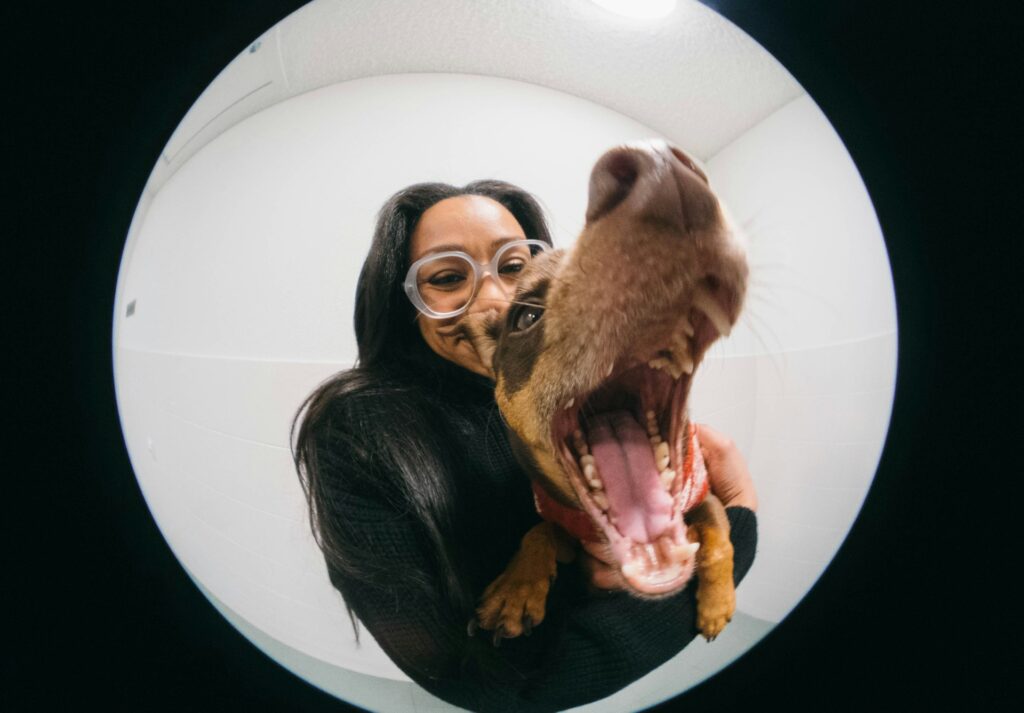
Every Dog Has Behavioural Challenges
Let’s be brutally honest here, every single dog will have behavioural challenges at some point, and first-time owners often either panic unnecessarily or ignore problems that genuinely need addressing. Finding that middle ground is absolutely crucial for everyone’s sanity.
Some issues are completely normal and will resolve with time and patience. Excessive barking, especially during those first few weeks in a new home, is your dog’s way of processing the massive change in their life. Separation anxiety affects many dogs who simply need time to learn that you will actually come back, revolutionary concept, we know.
Resource guarding, protecting food or favourite toys, is entirely natural behaviour that can be managed with proper training techniques. And honestly, very few dogs naturally walk perfectly on a lead without some dedicated training effort.
However, certain situations absolutely require professional intervention, and there’s no shame in admitting you need help. Aggression towards people or other dogs isn’t something to attempt fixing yourself, it’s a job for qualified professionals who understand the complexities involved.
Destructive behaviour that’s actually escalating despite your best efforts needs expert assessment to identify underlying causes. Extreme anxiety that manifests as panting, drooling, or even self-harm when left alone requires immediate professional support.
Similarly, persistent house training issues after several months of genuinely consistent effort suggest there might be medical or behavioural factors you haven’t considered. Remember, calling in a professional dog trainer or behaviourist isn’t admitting failure, it’s being a responsible owner who genuinely wants the best outcome for their beloved companion.
The Bottom Line
Dog ownership is undoubtedly a long-term commitment that will challenge and reward you in equal measure, sometimes within the same five-minute period. The statistics clearly show you’re joining a rapidly growing community of first-time dog owners, many of whom initially felt completely overwhelmed but discovered the incredible joy that comes with sharing your life with a canine companion.
Remember that every single dog is an individual with their own unique personality, quirks, and specific needs. What works brilliantly for your friend’s dog might not suit yours at all, and that’s perfectly normal and nothing to worry about.
Trust your instincts, seek advice when you need it, and most importantly, enjoy watching your relationship with your new best friend develop and flourish over the years ahead.





